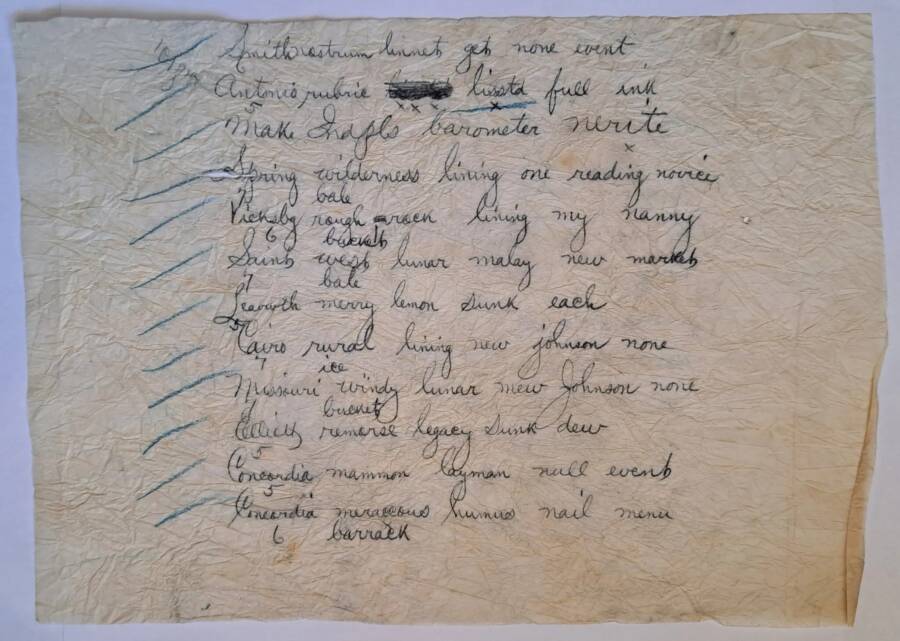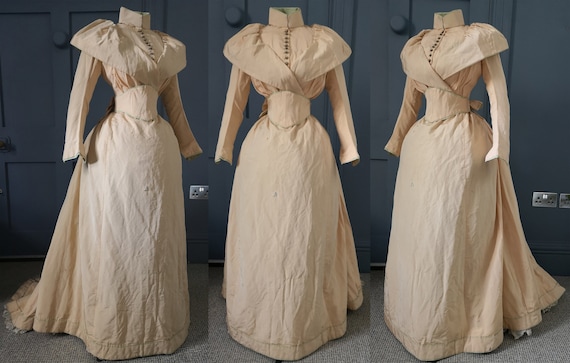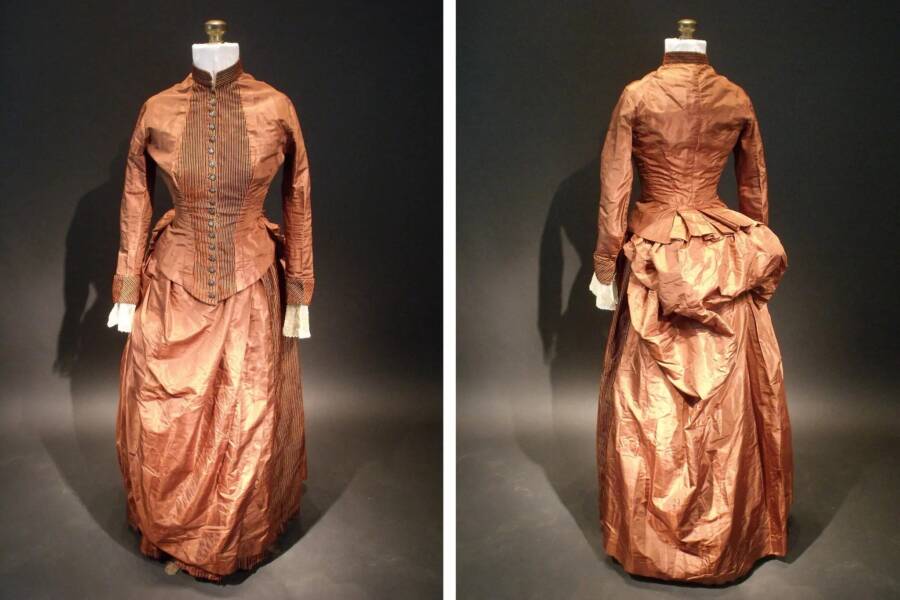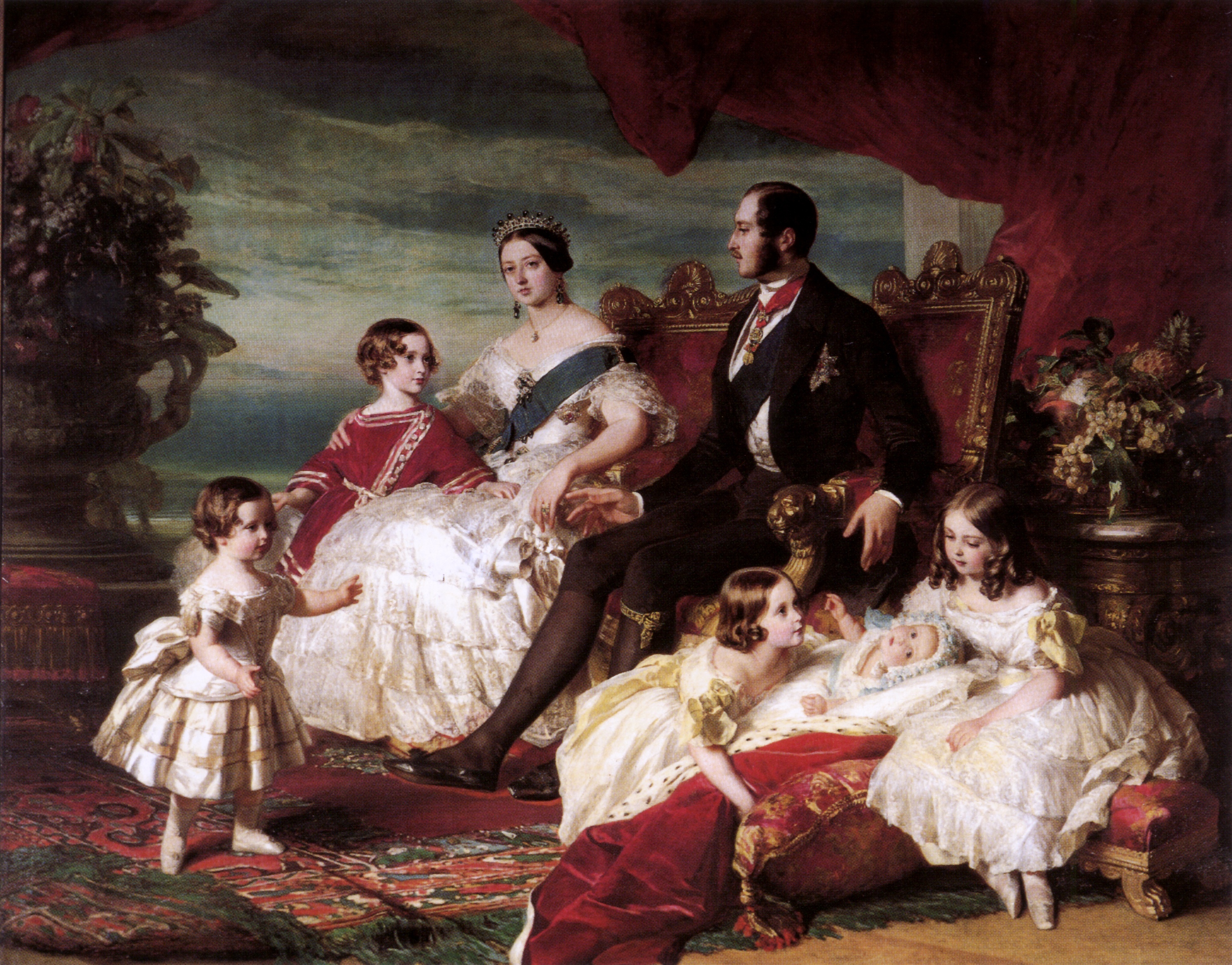It took ten years — and almost 200 code books — to crack the crumpled coded note, which includes phrases like “Calgary, Cuba, unguard, confute, duck, fagan.”

Sara Rivers CofieldThe coded note appears to be nonsense at first glance, but would have made perfect sense to those who received it.
When Sara Rivers Cofield came across a 19th-century silk bustle dress in Maine ten years ago, she immediately decided to add it to her collection of period clothing. But a closer examination of the dress revealed a mystery — a coded note tucked into a secret pocket. Now, a decade later, that code has finally been cracked.
The mysterious note was not — as some suspected — a missive sent between spies, a coded letter for a lover, or even a record of illegal gambling. Instead, a data analyst at the University of Manitoba named Wayne Chan determined that the note was filled with codes meant to represent weather observations for the United States and Canada in 1888.
“When I first thought I cracked it, I did feel really excited,” Chan remarked to The New York Times. He added: “It is probably one of the most complex telegraphic codes that I’ve ever seen.”
The crumpled, handwritten note found in the dress, which includes the name “Bennett,” appears to be gobbledygook at first glance. One part reads: “Bismark Omit leafage buck bank / Paul Ramify loamy event false new event.” Another reads: “Calgary, Cuba, unguard, confute, duck, fagan.”
According to the Washington Post, Chan speculated that the words were coded messages meant for a telegram. Since telegraph companies charged by the word, people used short coded messages to convey large chunks of information. The question was — what information had been encoded?

Sara Rivers CofieldThe other side of the note. The line “Bismark Omit leafage buck bank” can be seen at the top.
Chan knew that mining, grocery, and banking industries used codes like these. He pored over almost 200 code books to see if he could find similarities between the codes used on the dress note. By chance, he eventually stumbled upon a book from the late 19th century on telegraph history, which described similar codes used by the U.S. Army Signal Corps and the U.S. Weather Bureau to transmit weather information across North America.
He then reached out to a librarian at the National Oceanic and Atmospheric Administration (NOAA) who shared a 1892 telegraphic code book for weather. With that, Chan was able to confirm that the dress code did, in fact, contain information about 19th century weather.
The message found in the silk dress that reads: “Bismark Omit leafage buck bank” can thus be translated to mean that at Bismarck station in the Dakota Territory (present-day North Dakota), on May 27, 1888, at 10 p.m, the temperature was 56 degrees Fahrenheit, the barometric pressure was 30.08 Hg, the dew point was 32 degrees, the weather was clear and dry, and the wind was blowing at 12 miles per hour.
“For the first time in history, observations from distant locations could be rapidly disseminated, collated, and analyzed to provide a synopsis of the state of weather across an entire nation,” Chan explained. He noted that though hundreds of such messages were sent back and forth each day, they were certainly considered “ephemera” and thus “rarely archived.”
Though the coded note found in the dress has been cracked, some mysteries remain about the Victorian-era clothing. Neither Chan nor Rivers Cofield, who bought the dress, are sure who originally owned the dress or why they were carrying such a note tucked in their pocket.

Sara Rivers CofieldThe dress that contained the coded note, which Chan determined was full of information about local weather in the 19th century.
The NOAA notes that Chan’s attempt to find any women named “Bennett” working for the Army Signal Service in the 1880s turned up nothing. There was a man named Maitland Bennett working as a clerk during the time that the note was written, but his wife was eight months pregnant — and thus unlikely to fit into the silk bronze bustle dress.
So questions about the dress and the coded weather note still remain. But as Rivers Cofield notes: “Everybody loves a mystery.”
After reading about the coded note found tucked in a Victorian-era dress, discover the story of Kryptos, the CIA sculpture filled with coded messages that no one has been able to solve. Or, see how a French engineer claimed to solve the Zodiac Killer’s final cipher.






